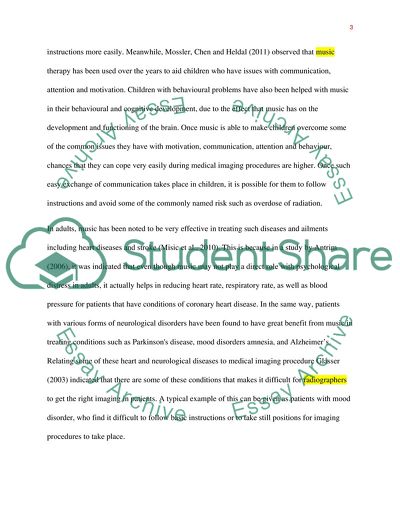Cite this document
(Research question Paper Example | Topics and Well Written Essays - 1000 words, n.d.)
Research question Paper Example | Topics and Well Written Essays - 1000 words. https://studentshare.org/medical-science/1835330-effects-of-listening-to-music
Research question Paper Example | Topics and Well Written Essays - 1000 words. https://studentshare.org/medical-science/1835330-effects-of-listening-to-music
(Research Question Paper Example | Topics and Well Written Essays - 1000 Words)
Research Question Paper Example | Topics and Well Written Essays - 1000 Words. https://studentshare.org/medical-science/1835330-effects-of-listening-to-music.
Research Question Paper Example | Topics and Well Written Essays - 1000 Words. https://studentshare.org/medical-science/1835330-effects-of-listening-to-music.
“Research Question Paper Example | Topics and Well Written Essays - 1000 Words”. https://studentshare.org/medical-science/1835330-effects-of-listening-to-music.


